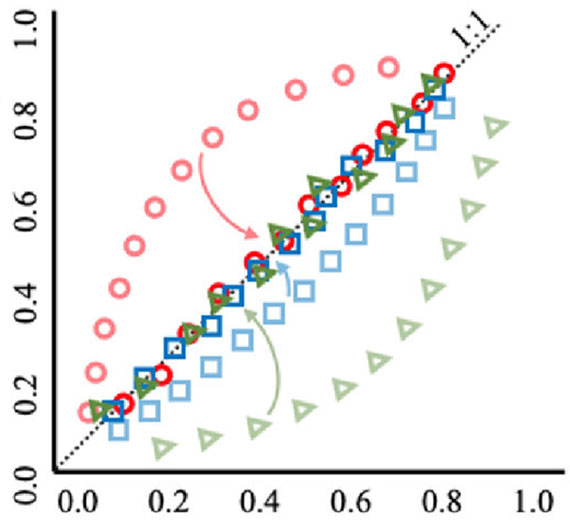Leveraging Biochar to Remove PFAS

"Leveraging DOM UV absorbance and fluorescence to accurately predict and monitor short-chain PFAS removal by fixed-bed carbon adsorbers" has been published in the April 2022 edition of Water Research. The paper is co-authored by Civil Engineering Assistant Professor Kyle Shimabuku, Ph.D.
The paper advances the practice of using biochar, a carbon-rich material, by providing a cost-effective and reliable method for predicting the performance of carbon adsorbers in removing OMP from water. It is particularly beneficial for low-resource settings where traditional monitoring methods are not feasible. The findings support the development of more efficient water treatment systems, contributing to better water quality and environmental protection.
Using forms of biochar for water treatment is the primary focus of Dr. Shimabuku's Environmental Engineering lab, which is part of the Civil Engineering Department.
Myat Thandar Aung, Kyle K. Shimabuku, Natalia Soares-Quinete, Joshua P. Kearns, Leveraging DOM UV absorbance and fluorescence to accurately predict and monitor short-chain PFAS removal by fixed-bed carbon adsorbers, Water Research, Volume 213, 2022, 118146, ISSN 0043-1354, DOI:10.1016/j.watres.2022.118146.
Abstract: Carbon adsorbent fouling by dissolved organic matter (DOM) inhibits the ability of the widely-used rapid small-scale column test (RSSCT) to accurately predict the removal of organic micropollutants (OMP) from water by full-scale carbon adsorbers. Here, the adsorption of 11 short-chain per-/poly-fluoroalkyl substances (PFAS) from groundwater, surface water, and wastewater was examined in pilot columns as well as RSSCTs using constant diffusivity (CD) and proportional diffusivity (PD) designs. Neither the CD- or PD-RSSCT accurately predicted pilot adsorber breakthrough of PFAS using standard diffusional mass transfer models. However, PFAS breakthrough relative to optical property (e.g., peak C, UV absorbance at 254 nm) breakthrough remained constant between pilot column, CD-RSSCT, and PD-RSSCT designs. This finding permitted accurate breakthrough predictions for the sum of PFAS and for 9 of the 11 PFAS on an individual basis in pilot columns using RSSCTs. Multiple linear regressions incorporating influent and treated water optical parameters enabled the modeling approach to be applied to water sources with heterogeneous DOM characteristics. It is hypothesized that this methodology was successful because (i) optical parameters adequately quantified the competitive nature of DOM and their adsorption behaved similar to OMP and (ii) competitive adsorption by low-molecular weight DOM was the predominant fouling mechanism. An OMP monitoring approach was developed for waters containing DOM with heterogeneous characteristics that also relied on raw and treated water optical properties. UVA254 and fluorescence monitoring could therefore enable water treatment to remove PFAS in a variety of scenarios that face inhibitory cost and analytical limitations, such as decentralized and low-resource settings.

